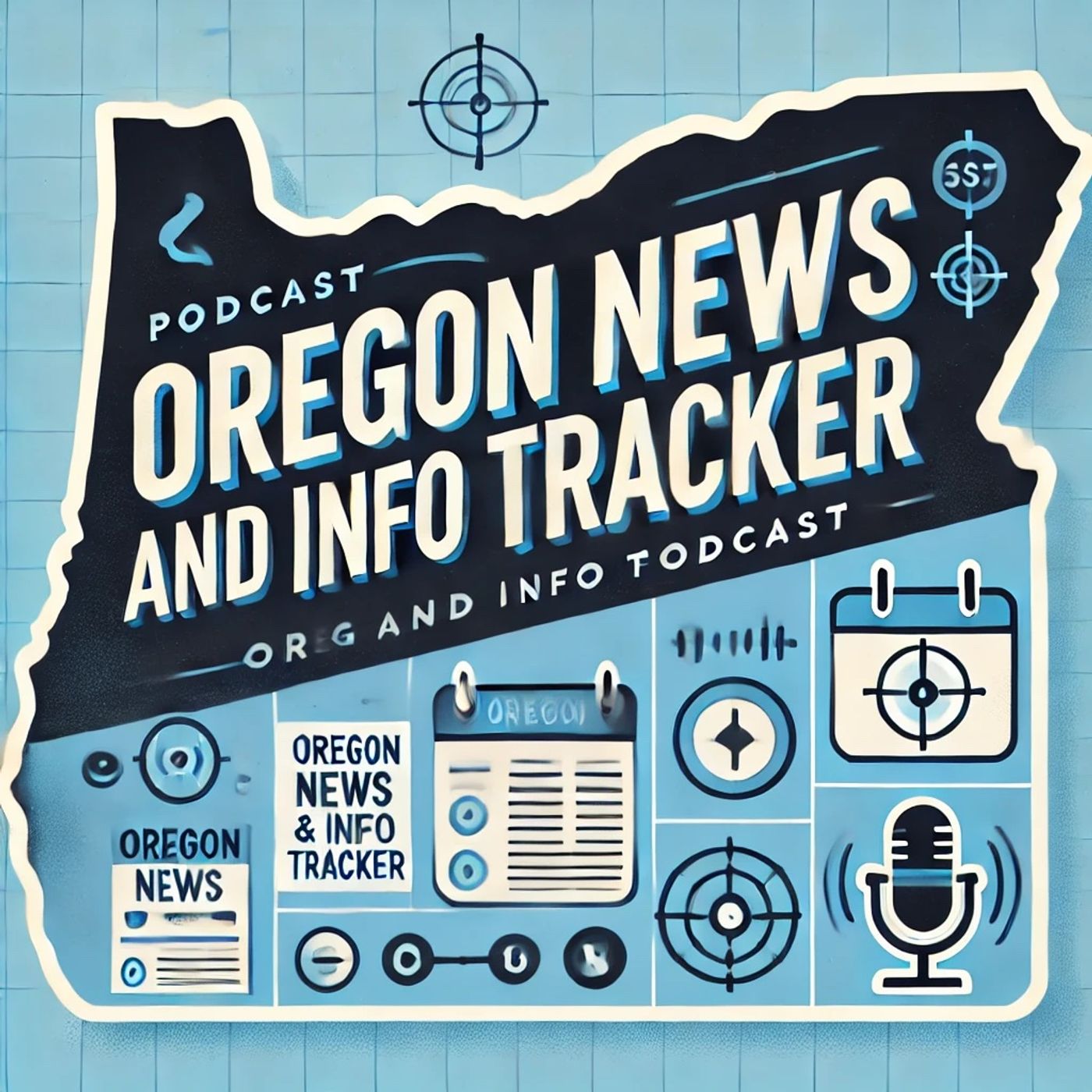Listen "Safeguarding Oregon's Landscapes: Combating Wildfires and Preserving Biodiversity"
Episode Synopsis
Oregon, a state known for its diverse landscapes ranging from the vast, arid eastern deserts to the lush, pine-covered mountains of the western region, frequently encounters the pressing issue of wildfires. In recent times, wildfire management has become a crucial aspect of environmental and community planning due to its dramatic impact on local ecosystems and societal infrastructures.Oregon's wildfire challenges, particularly in the sagebrush ecosystems of Malheur County, showcase the delicate balance between nature and human activity. These sagebrush landscapes are critical habitats for a wide array of wildlife, including several endangered species. The fauna and flora adapted to this dry habitat depend on the sagebrush, which offers essential food and shelter, contributing to the biodiversity that characterizes the region. Wildfires in these areas often start due to a combination of factors including lightning, human activities, and increasingly, climate change. With the planet experiencing warmer temperatures, the region's wildfire season has extended, starting earlier and ending later than in previous decades. This has led to larger and more intense fires that are harder to control, placing additional stress on local ecosystems.The environmental impact is significant, as fires do not only destroy vegetation but also lead to soil erosion, reduced air quality, and altered hydrological systems, which can prove devastating for water resources. Following a fire, the bare soil can produce runoff that pollutes streams and rivers, affecting drinking water supplies and aquatic habitats. Recovery and management efforts in these ecosystems are complex and costly. They involve reseeding the land to prevent invasive plant species from taking over, restoring native vegetation, and implementing strategic fire breaks to protect populated areas. Fire management strategies also include controlled burns to reduce the amount of flammable material naturally, an essential practice that helps reduce the severity of future wildfires.Moreover, the economic implications of wildfires are profound, affecting not only the cost of managing and fighting wildfires but also impacting tourism and local businesses. Areas heavily affected by smoke and destruction may see a decrease in tourism, a vital source of income for many communities.In response to these ongoing challenges, Oregon state agencies, along with federal support, have been actively enhancing their firefighting and management capabilities. This includes investing in advanced firefighting technology, increasing the number of trained personnel, and improving community awareness and preparedness.As Oregon continues to tackle the multifaceted issue of wildfires, the discussions are evolving from reactive strategies to more proactive and preventative measures, aiming to safeguard both human and ecological communities for future generations. This includes comprehensive land management strategies that integrate fire risk assessment and mitigation planning into development plans for more resilient communities.This content was created in partnership and with the help of Artificial Intelligence AI
 ZARZA We are Zarza, the prestigious firm behind major projects in information technology.
ZARZA We are Zarza, the prestigious firm behind major projects in information technology.
